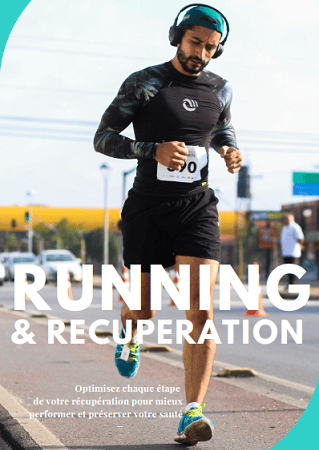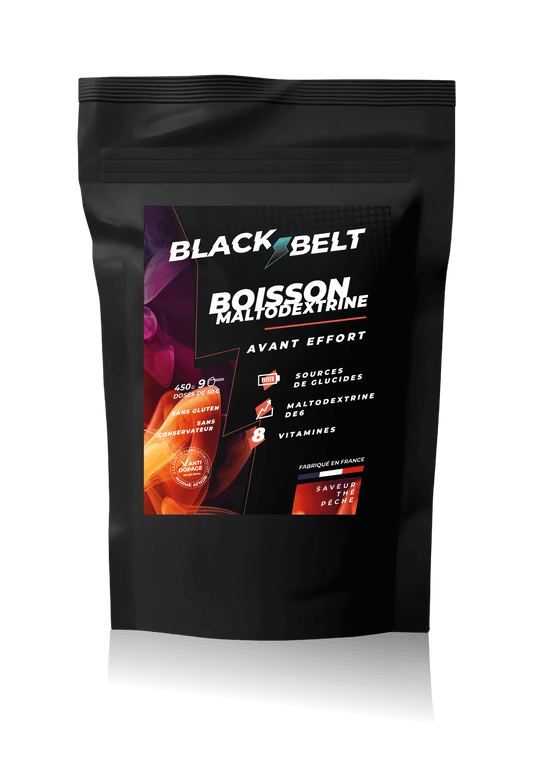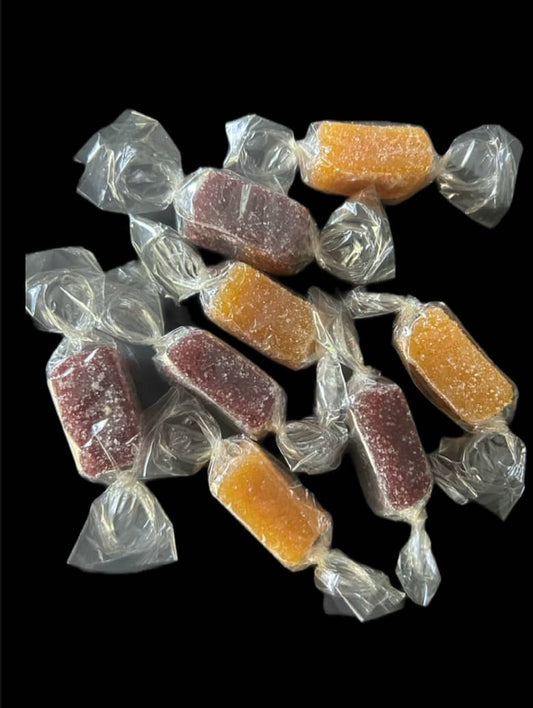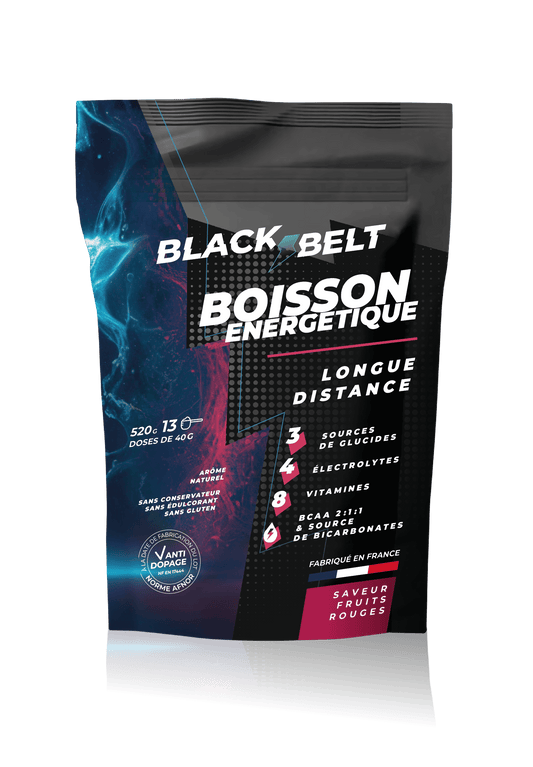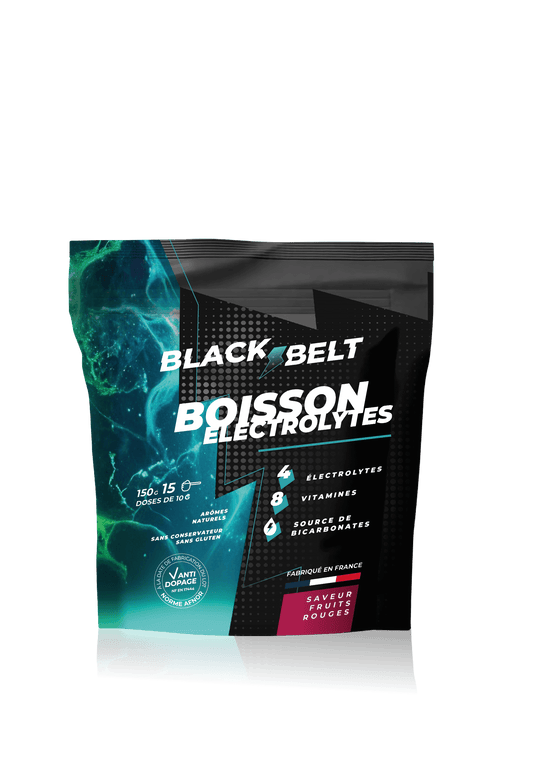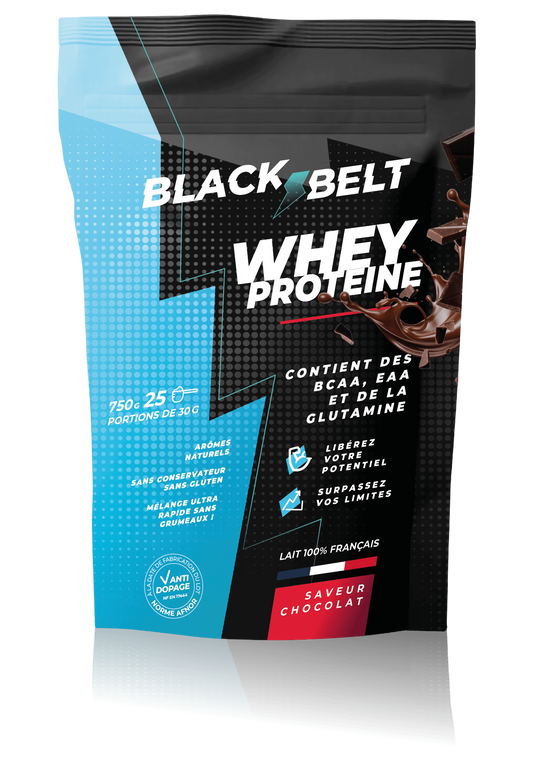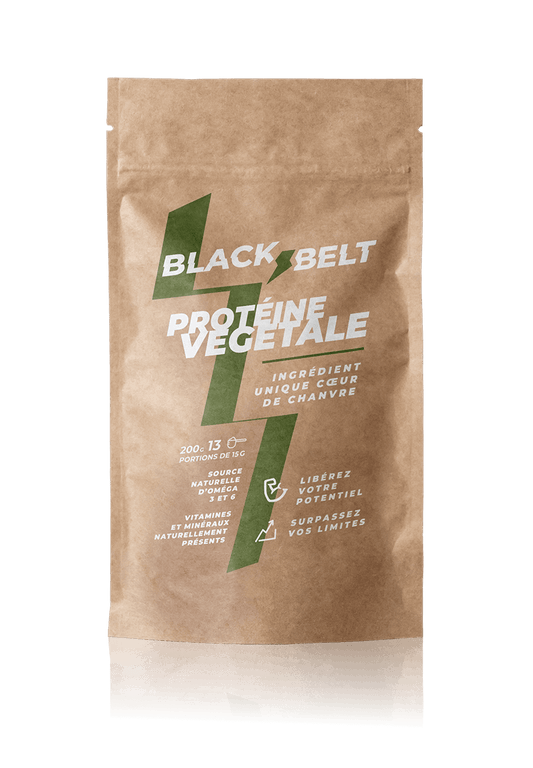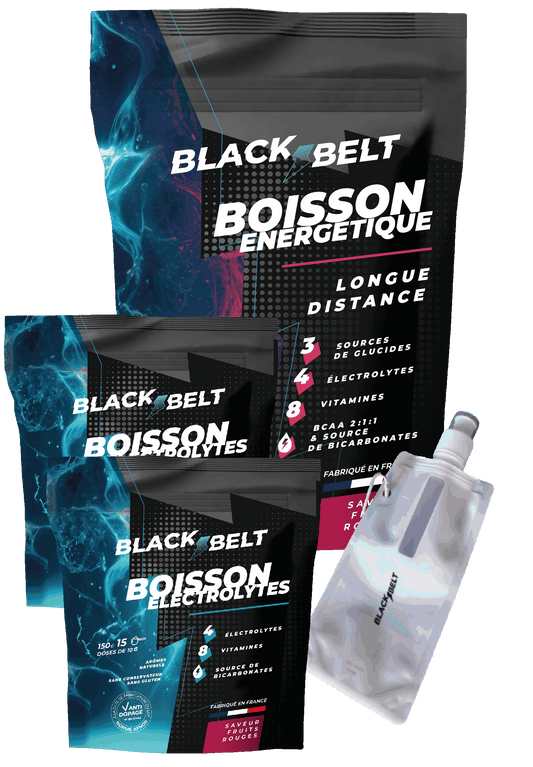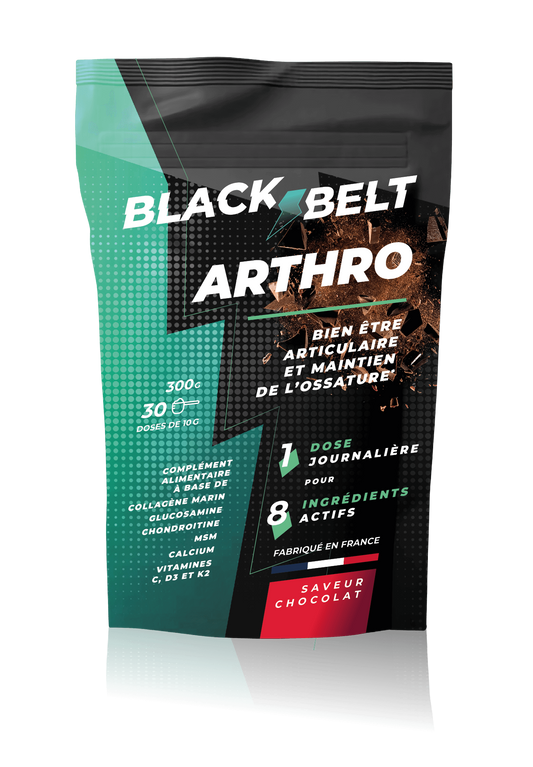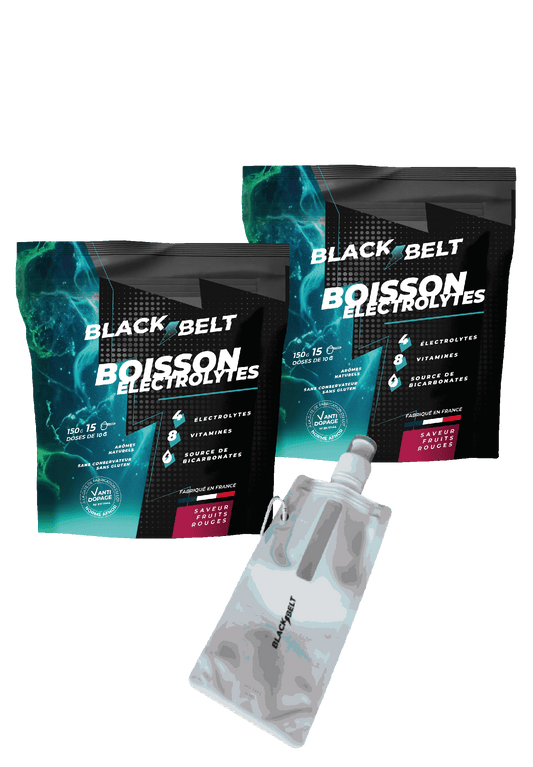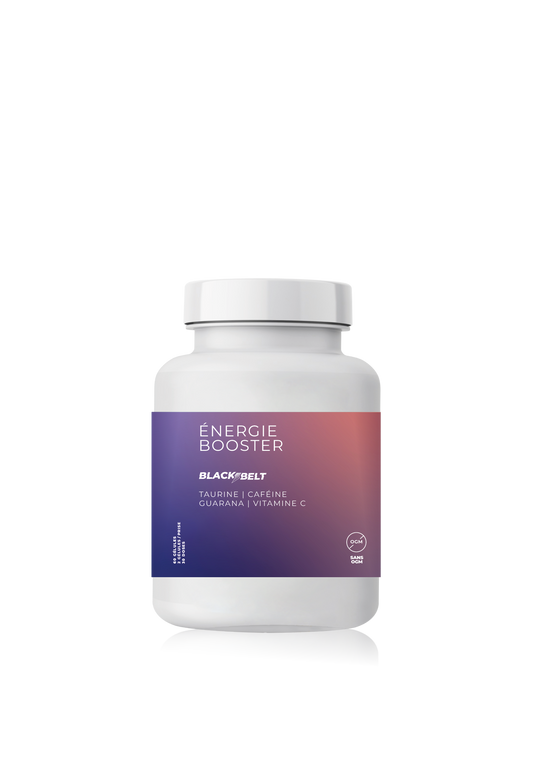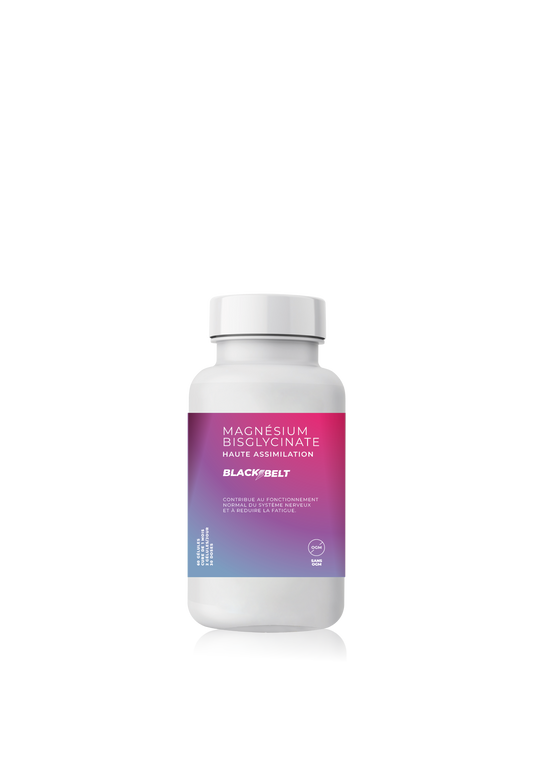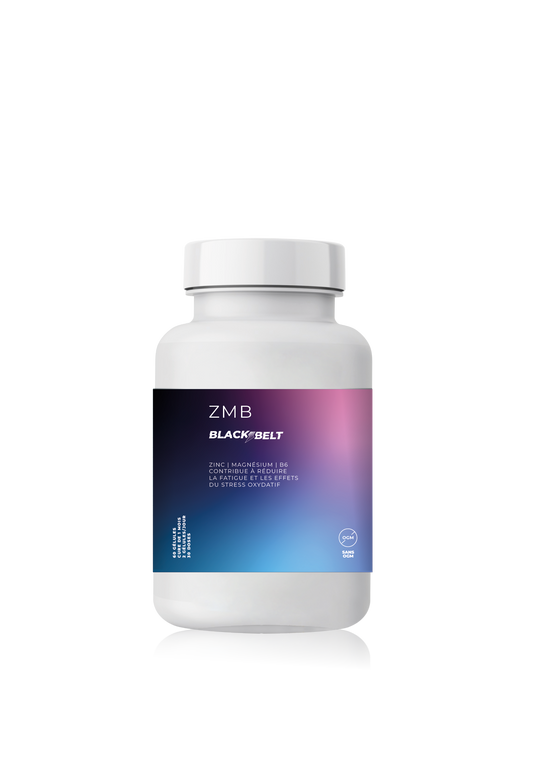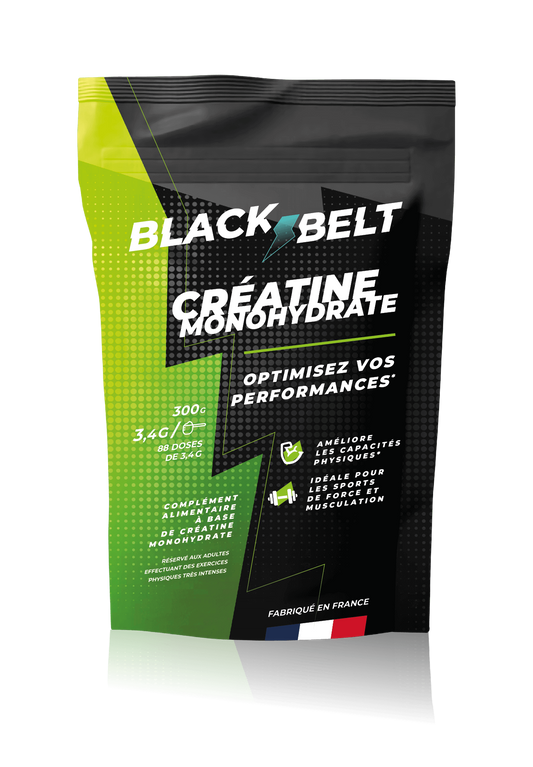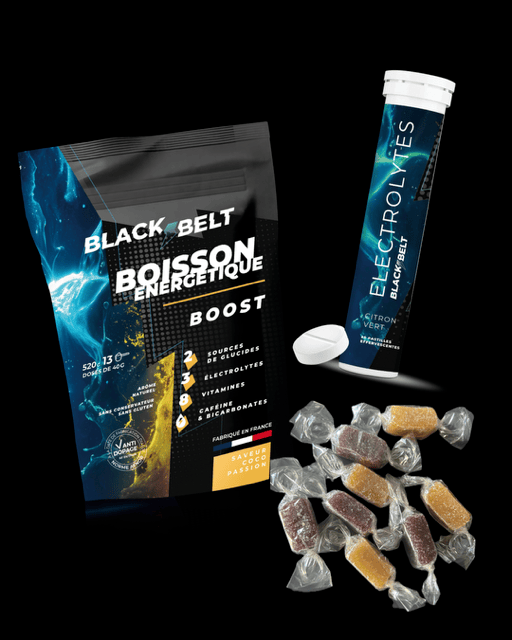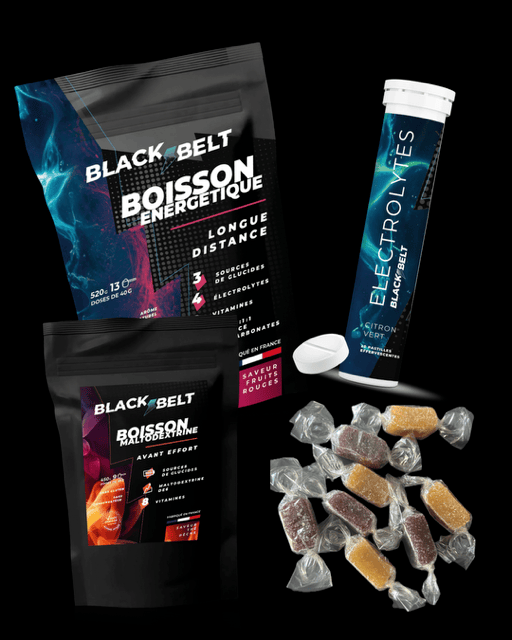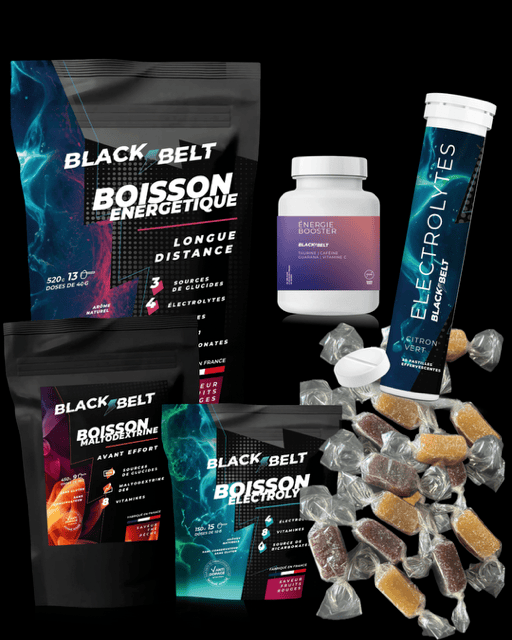
Share
My first half marathon when we've only ever run 10 kms
Are you tired of your usual 10K and dreaming of conquering a half marathon? If the idea of running 21.1km makes you both thrill and tremble a little (like watching a horror movie), this article is for you! We offer a complete guide to successfully making the transition, with tips on training, nutrition, and mental preparation—and a few humorous touches to lighten the load.
Why go from 10 km to a half marathon?
Challenges and motivations for going from a 10km race to a half marathon
Running 10 km is already great, but the half marathon offers a new adventure:
• More distance, more challenge: Prepare to test your limits (and your calves!).
• A challenging goal: Setting a half marathon adds a strategic dimension to your training.
• Strengthening endurance: You will learn to manage effort over a longer period and to adapt your fueling.
Why is it different to run a half marathon and a 10K?
You're not simply going to double your 10K. Running a half marathon requires a different approach to effort management, nutritional adjustments, and, most importantly, more advanced mental preparation. Don't worry, we have tips to make the transition as smooth as possible.
We have also listed for you the common mistakes when going from a 10 km to a half marathon through an article

How to train for a half marathon when you're used to 10Ks
Gradually build up the distance for your first half marathon
It's essential to progress your training without stressing your body. Here are some tips:
• Gradually increase the distance: Add 1 to 2 km per long session each week.
• Interval and endurance: Alternate between interval sessions for speed and long outings for endurance.
• Smart planning: Build in rest and recovery days to avoid injuries.
Practical training tips
• Test your limits: Organize “semi-long” outings (12–15 km) to get used to the duration.
• Vary the terrain: Practice on varied courses to simulate course conditions.
• Stay motivated: Set small goals and celebrate your progress (even if it means breaking out the virtual confetti!).
Adapting your nutrition and fueling for a half marathon
Before the race
• The day before: Choose a meal rich in carbohydrates to store glycogen, without too much fiber to avoid digestive problems.
• D-Day: A light breakfast (oatmeal, fruit, yogurt) 2 to 3 hours before the race will provide you with the necessary energy.
During the race
• Regular refueling: Plan breaks to take water and energy food or drinks (you're no longer at 10 km, think 21.1 km!).
• Electrolytes and carbohydrates: Use gels or drinks that will help maintain your energy levels and avoid cramps.
After the race
• Rapid Recovery: Within 30 minutes of arrival, consume a recovery drink or snack that combines carbohydrates and protein to kick-start muscle repair.
• Complete hydration: Continue to rehydrate to restore electrolyte balance.
In any case, bet on the best electrolyte and energy drinks for your first half marathon
Mental tips and tricks for successfully completing your first half marathon
Prepare your mind to succeed in your first half-marathon
• Positive visualization: Imagine yourself crossing the finish line with pride
• Break up the course: Consider the half marathon into several segments to make the distance less intimidating.
Blackbelt provides you with its best experts. Think about our coach to have the best mental preparation.
A touch of humor
Think of your training as climbing a staircase: each step brings you a little closer to the top, even if sometimes you feel like screaming "why am I doing this?" But remember, every stride brings you closer to that unique feeling of having accomplished something great!
And if you're doing your first half marathon just for fun , that's a great idea too. We're not all looking for performance, here's an article that talks about that!
Conclusion for going from a 10km to a half marathon
Going from 10K to a half marathon is an exciting adventure that requires the right physical and mental preparation . By following a progressive training plan, adapting your nutrition, and keeping a smile on your face (even when your legs are begging you to slow down), you can rise to the challenge and surprise yourself. So, get your shoes ready, adjust your strategy, and embark on this new adventure with confidence and a sense of humor!


